Track Your Data with an Advanced MAR Chart
Hospital Patient Care Implementation
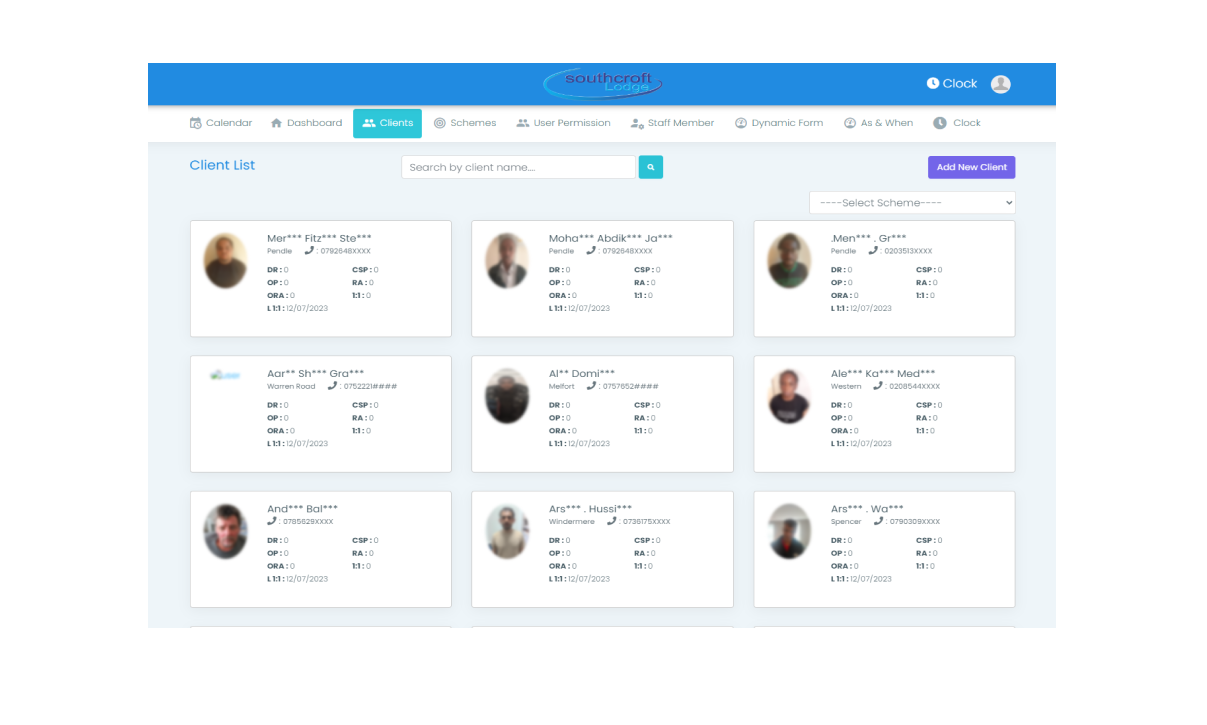
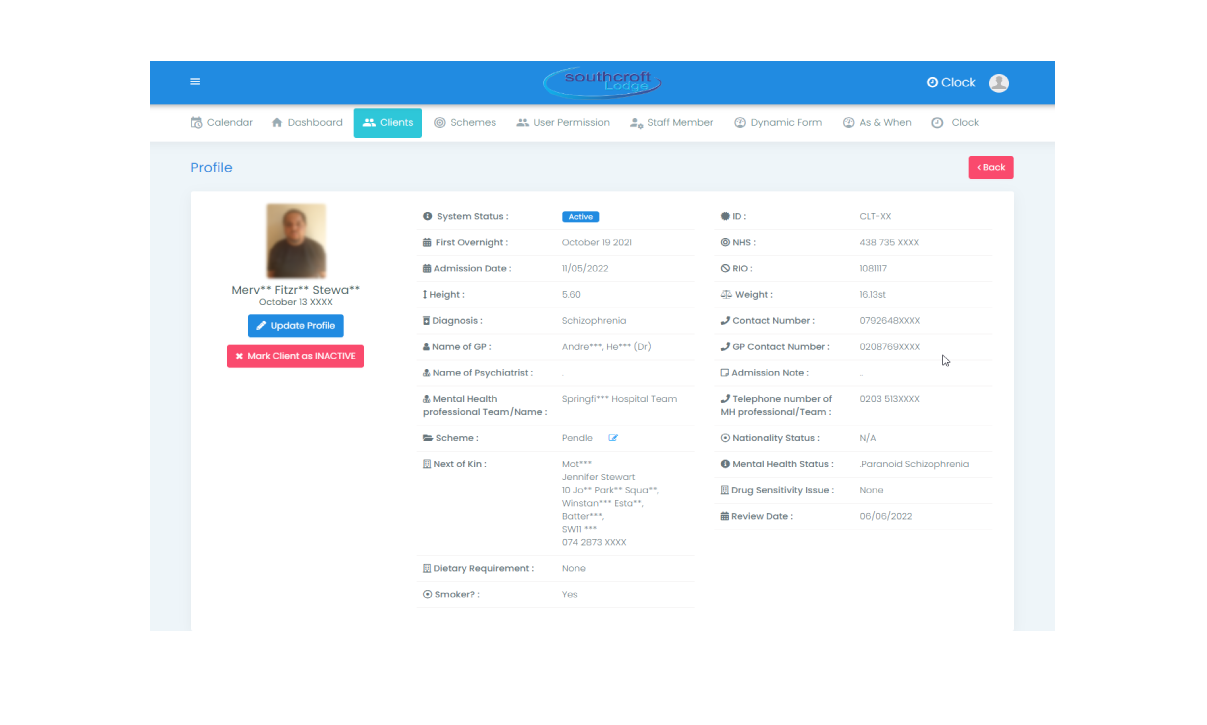
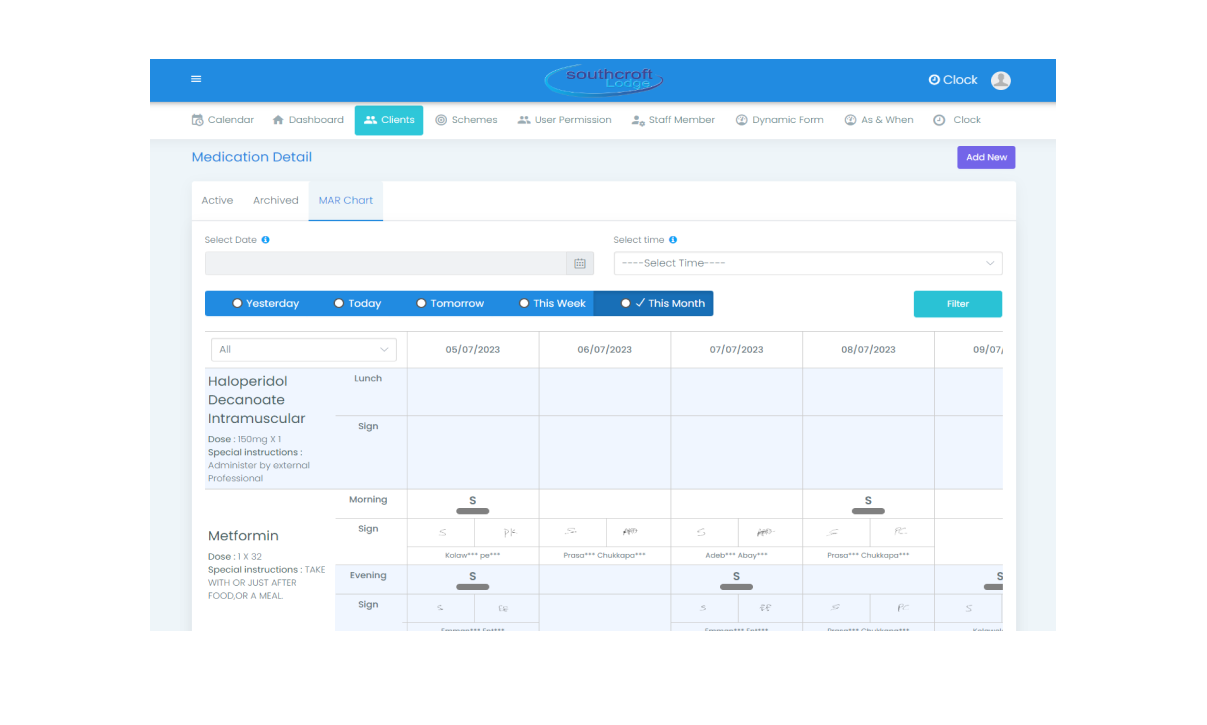
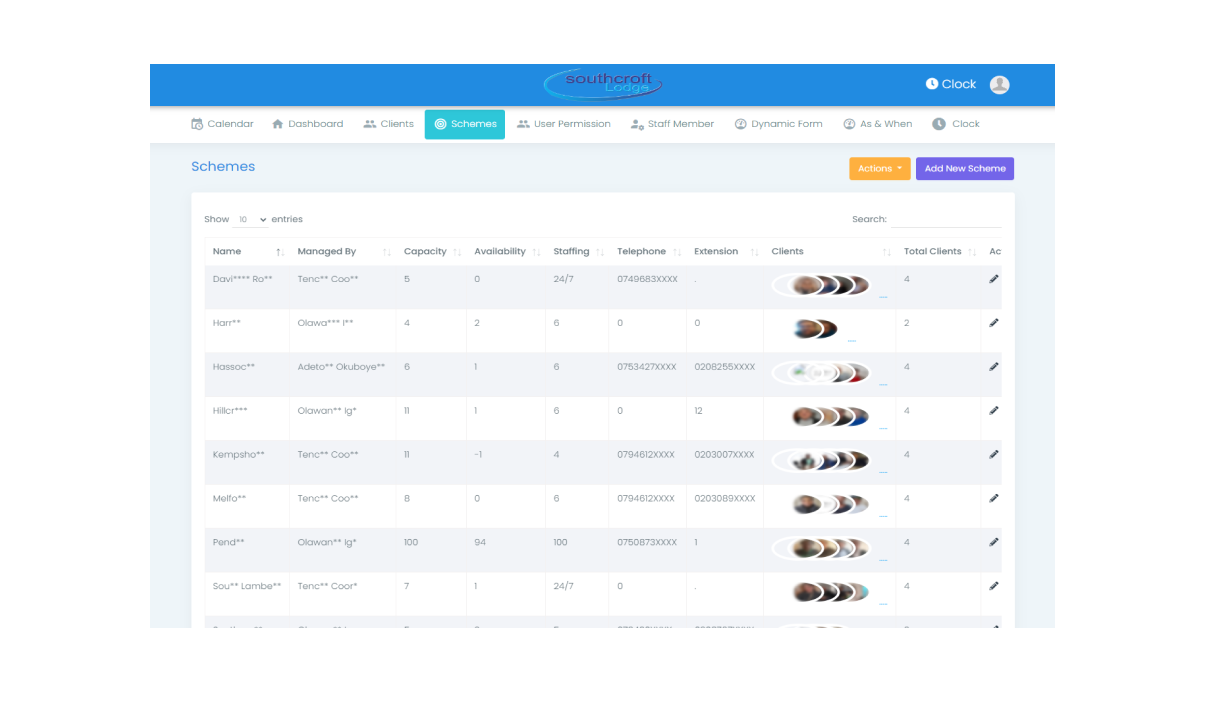
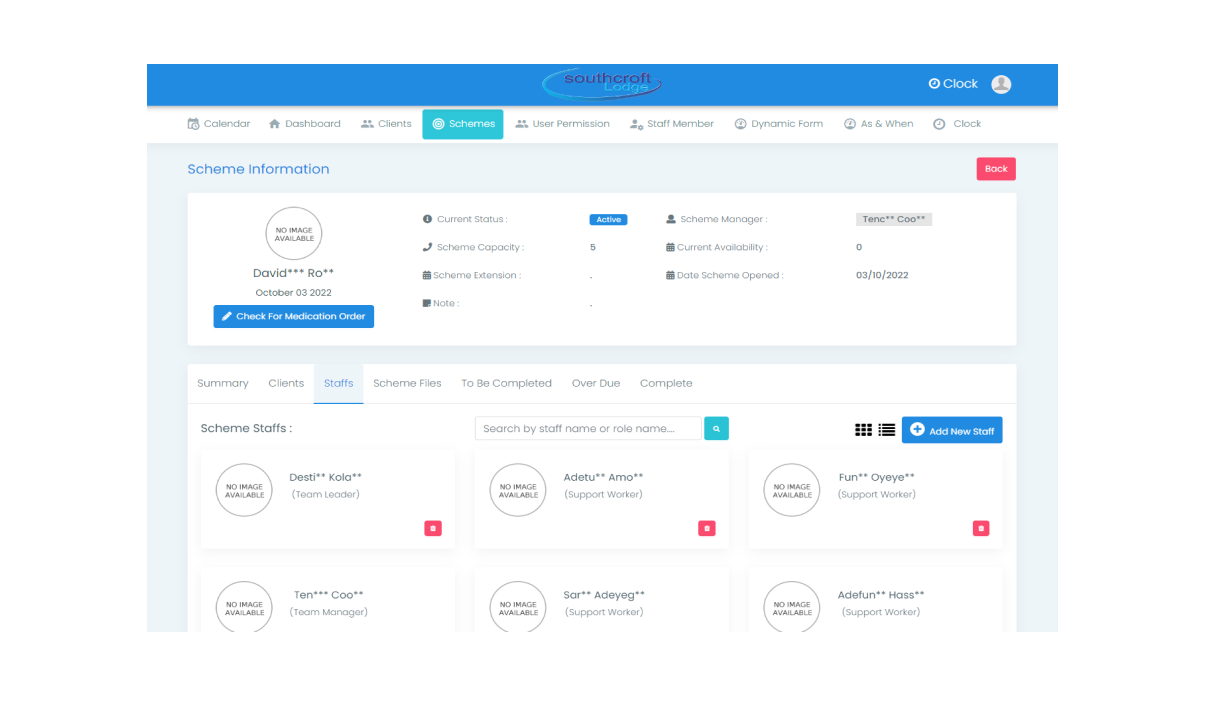
MAR Chart
1. Introduction- This case study investigates the hospital's implementation and impact of Medication Administration Record (MAR) charts. MAR charts are used to monitor and document the administration of medications to patients, ensuring accuracy, accountability, and safety during the medication management process.
- Improve pharmaceutical safety: Create a standardized system for precisely recording and tracking medicine administration to patients, with the goal of reducing errors and adverse drug occurrences.
- Improve communication and teamwork: Facilitate effective communication between healthcare professionals involved in patient care, ensuring medication administration is administered in a coordinated manner.
- Simplify documentation procedures: Implement an effective and thorough documentation system that records medication details, administration times, dosage, and any other pertinent patient information.
- Assist with medication reconciliation: Permit healthcare providers to reconcile medications during care transitions, thereby decreasing the risk of medication inconsistencies and adverse effects.
- Encourage patient-centered care: Provide patients with easily accessible information and encourage them to take part in medication management by involving them in decisions about how their medications are administered.
- Complete Documentation of Medications: Medication administration records (MARs) document the patient's medication schedule down to the individual drugs, dosages, administration times, and routes.
- Live Documentation: Healthcare providers record medication administration directly on the MAR chart to ensure accurate and current information.
- Scan Barcodes: Barcode scanning ensures the proper medication is given to the right patient at the right time.
- Allergy/Interaction Warnings: Medical allergy and drug interaction data can be included in MAR charts to alert doctors to potential problems.
- PRN Medication Documentation: Medication administration is documented on an as-needed basis, including the purpose for administration and any limits or constraints.
- Timestamp and signature: Each medicine administration is documented with the healthcare professional's signature and timestamp, which promotes accountability and auditability.
- Medication Reconciliation: MAR charts facilitate the reconciliation of medication adjustments during care transitions, ensuring continuity and precision in medication administration.
- Patient Education and Participation: MAR charts can include patient-friendly medication information, empowering patients to actively partake in their treatment and care.
- Pharmaceutical Safety: MAR charts reduce medication errors, guarantee accurate medication administration, and offer a comprehensive system for double-checking medication details.
- Collaboration and Communication: MAR charts encourage excellent communication among healthcare personnel, ensuring seamless medication administration coordination and eliminating misconceptions.
- Condensed Documentation: The use of MAR charts streamlines and standardizes drug documentation, resulting in less paperwork and a more efficient documentation procedure.
- Reconciling Medications: Reducing the potential for medication inconsistencies and harmful consequences, MAR charts facilitate appropriate medication reconciliation during care transitions.
- Patient Participation: MAR charts involve patients in the management of their medications, fostering active participation, comprehension, and collaborative decision-making.
- Increased Efficiency: MAR charts let healthcare personnel spend more time delivering direct patient care by streamlining medication administration operations.
- Auditability and Compliance: Medication administration records (MAR) charts help with audits and guarantee that all medications are administered in accordance with government regulations.
- Implementing MAR charts in hospital settings enhances medication safety, documentation processes, and communication among healthcare workers dramatically. MAR charts have a significant impact on patient care and safety by improving accuracy, streamlining recording, assisting with drug reconciliation, and encouraging patient involvement. The complete nature of MAR charts promotes teamwork, accountability, and efficiency in drug administration, thus improving hospital patient care quality.
"Let's Connect and bring your ideas to life. Whether you have a question, need a consultation, or want to discuss your project, we are here for you. Reach out to us through our contact form, give us a call, or connect with us on social media. We look forward to hearing from you and exploring how we can work together to achieve your goals."